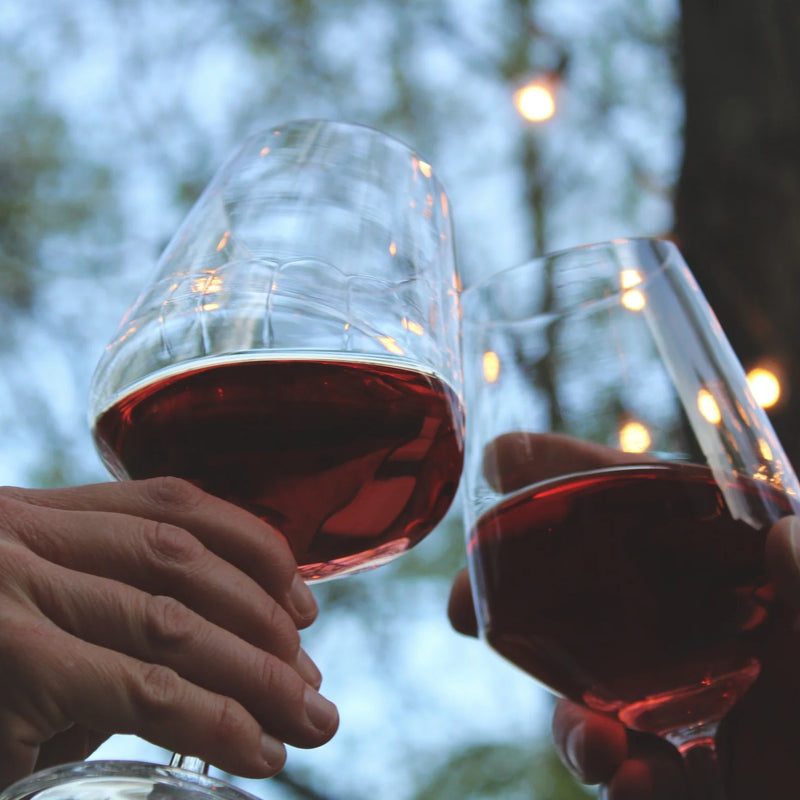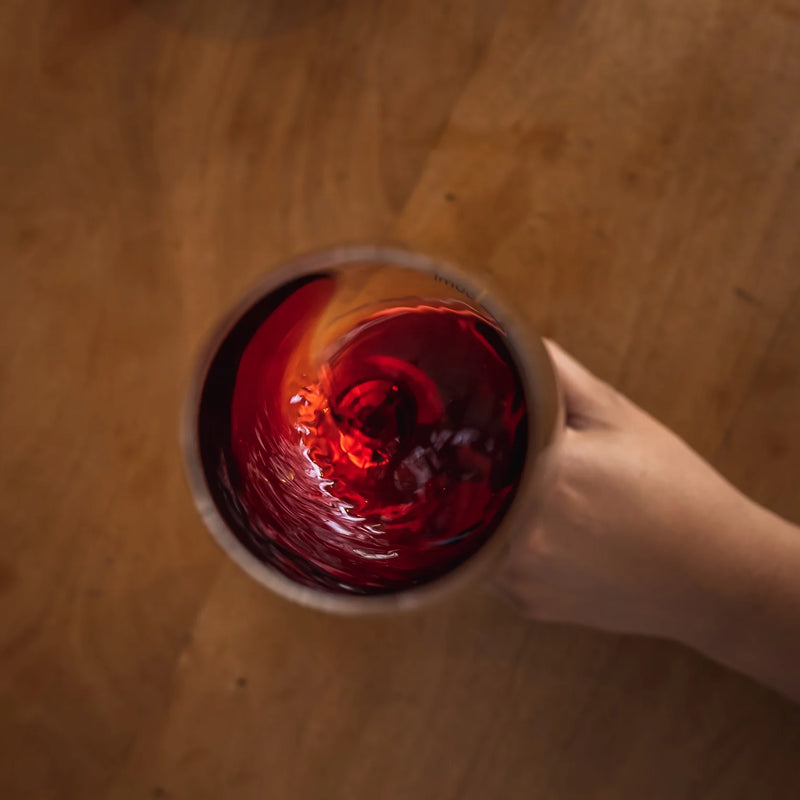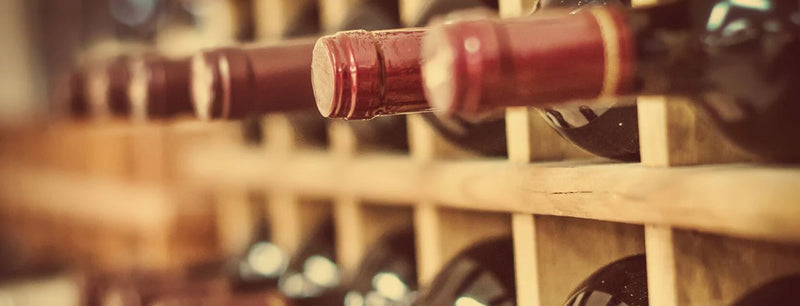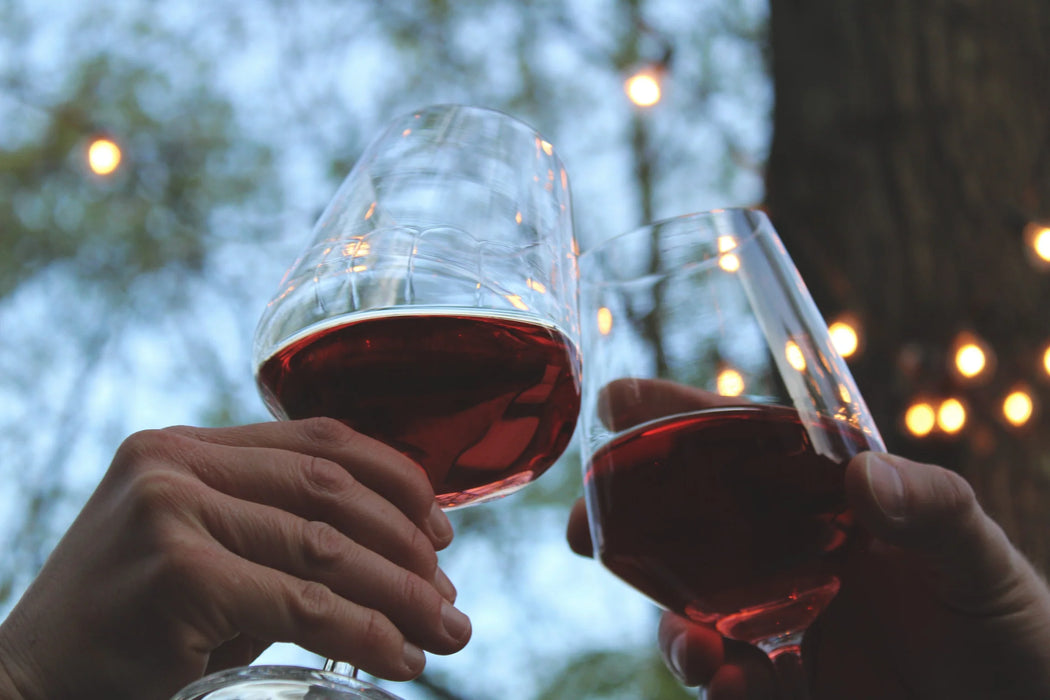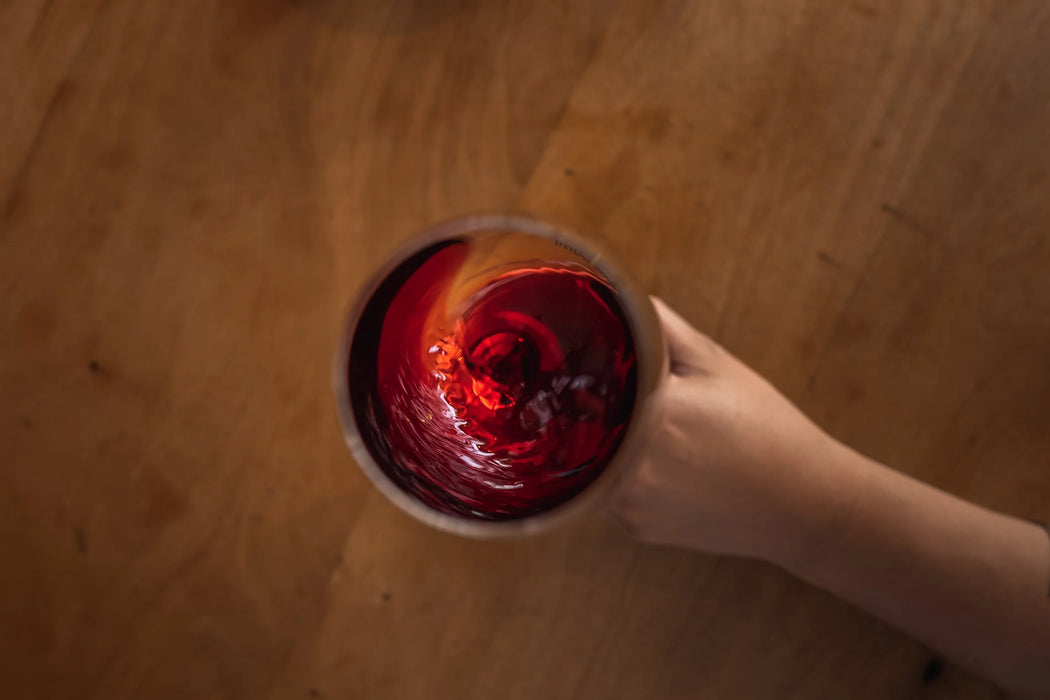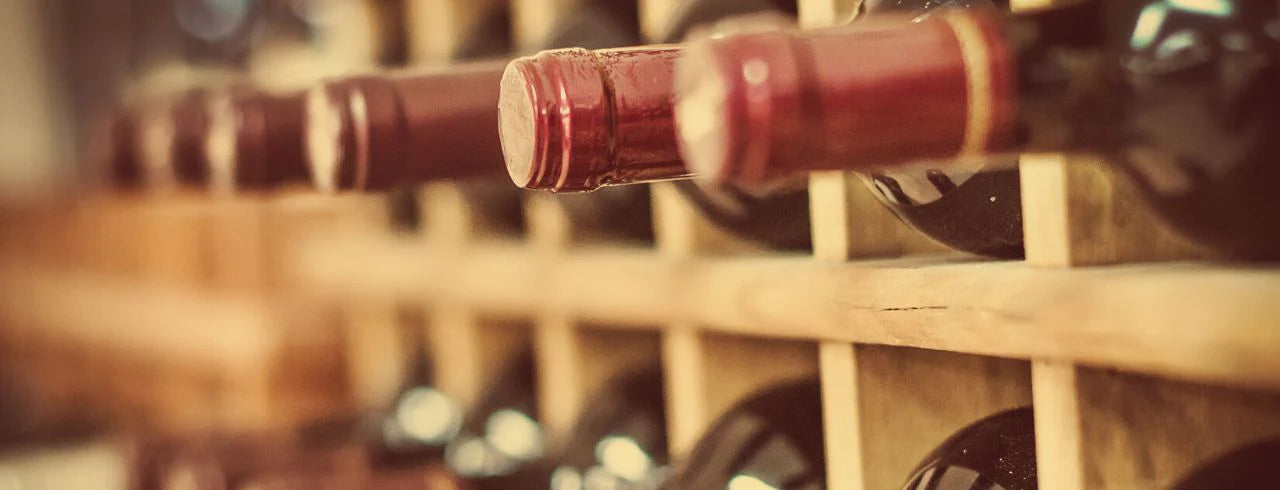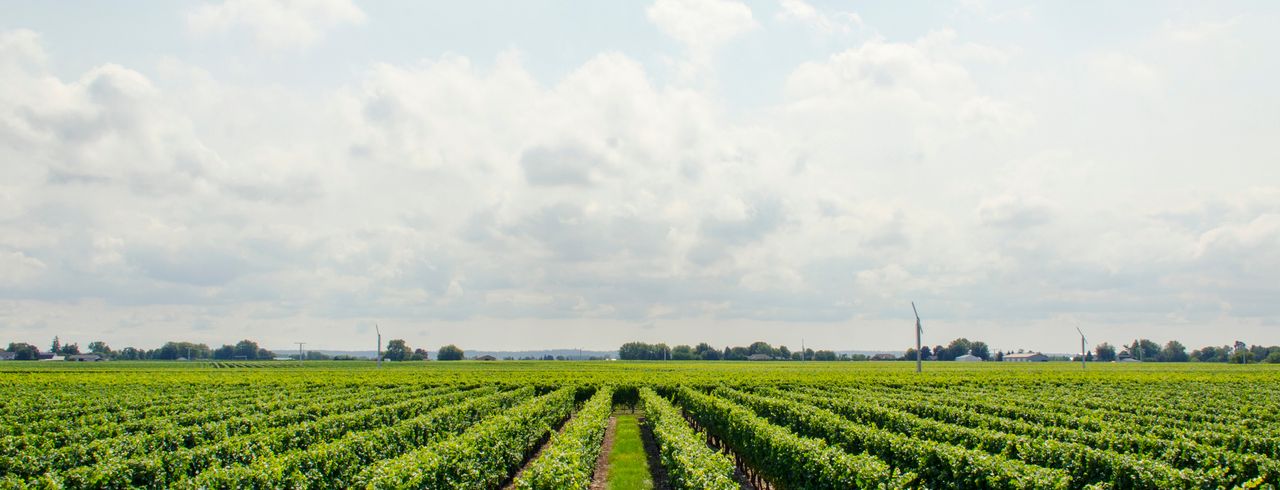
Nebbiolo
neh-bee-ow-low
Origin: Piedmont Grape: Nebbiolo/Nibio Flavors: Violet, Tar, Raspberries, Cherries, Truffles, Tobacco Notable Regions: Piedmont, Pollenzo, Barolo Sweetness: Bone-Dry Body: Medium-Full Tannins: High Acidity: Medium-High ABV: 13.5-15%

The History of Nebbiolo
Nebbiolo originated from the Piedmont region of Italy, a region known for its Barolo and Barbaresco wines. It is believed that Nebbiolo got its name from the Italian word for fog, nebbia, as dense fog blankets the Nebbiolo vineyards of the Langhe region in Piedmont during every harvest season. The first mentions of Nebbiolo date back to the 1st century AD, and by the 15th century, the wine was held in such high regard that any man who chopped down a Nebbiolo vine would have his right hand cut off as payment.
By the 18th century, Nebbiolo was sought after by the British, but the phylloxera epidemic severely devastated many vineyards, and today, only 6% of vineyards in Piedmont grow Nebbiolo. As a result, Nebbiolo wine has not received the widespread global recognition enjoyed by its neighbors, Barolo and Barbaresco. Instead, it has become the wine that the Piemontese save for themselves on special occasions.
Because of many generations of inbreeding in Nebbiolo strains, the vine is very susceptible to viral infections and mutations. This has resulted in approximately forty different clones of Nebbiolo since 2001. The Nebbiolo vine is also very sensitive to coulure or the failure of grape development following cold, wet weather. Producers plant Nebbiolo in highly sought-after areas and slopes exposed to direct sunlight and little wind to combat this issue. Often, the most expensive and highly rated Nebbiolo wines come from dry and warm harvest seasons.
Nebbiolo is one of the last of the Piedmontese grapes ready to be harvested, with its harvest season typically taking place in late October. Before the invention of temperature-controlled fermentation, producers took advantage of this late harvesting season and used the naturally cold weather. This cold climate delayed the fermentation process of Nebbiolo, resulting in high levels of tannins. Modern winemakers now use temperature-controlled fermentation methods to soften the tannins and help keep the aroma and flavor of Nebbiolo.
Nebbiolo is now grown in neighboring regions of Piedmont, such as the Veneto and the Val d’Aosta regions. In recent years, the United States has begun experimenting with Nebbiolo plantings, and vineyards can be found in California, Washington, and even Virginia. Other regions, such as Australia and Mexico, have also been exploring the potential of Nebbiolo.
Nebbiolo Taste and Flavors

Nebbiolo wine is a must-try, as the light, floral aromas of raspberries, licorice, dried fruit, and leather present itself as a lighter wine--until you taste it and are hit with its high tannic structure. Unlike its neighbors, Barolo and Barbaresco, Nebbiolo wines only need a few years of aging until they are ready to be enjoyed. But, as the wine ages, the complexity increases, and the tar and roses aromas shine through.
The taste of Nebbiolo varies across vineyard and region, with dramatic differences between Californian, Australian, and Piedmonte Nebbiolo, reflecting the influence of terroir on wine. Terroir refers to the regional factors such as sun, soil, weather, altitude, and climate that can affect the taste of a wine grape. Nebbiolo is often referred to as “terroir-expressive,” meaning that it inherits the influences from terroir more than other wine grapes do.
Piedmonte Nebbiolo
The main characteristics of Piedmonte Nebbiolo are powerful, high tannic, and full-bodied structure, contrasted with the light and fruity aromas of cranberry, licorice, and leather that rise from the glass. Aging Nebbiolos from this region softens the tannins and help reveal the dried fruit and herbal notes.
California Nebbiolo
While Piedmonte Nebbiolo is bolder, Californian Nebbiolo is less gripping while still preserving the high tannic profile. The fruity and floral undertones are more apparent in Nebbiolo wines from this region due to the different climates of the Piedmont region.
Australian Nebbiolo
Australian Nebbiolo is more fruitful and aromatic than Piedmonte Nebbiolo due to the sunny climates in which the wine grapes are grown. Australian Nebbiolo is also less tannic and acidic, and the notes of tar and roses are a noteworthy feature of wines from this region.
Nebbiolo Food Pairings
Because Nebbiolo is a full-bodied red wine that is strong in tannins and acidity and delicate in its fruity and floral aromas, it pairs well with more acidic and salty foods. Fattier meats and butter will help to compromise its aggressive tannins. Nebbiolo also pairs well with spice-based dishes, such as Asian cuisine.
The Best Nebbiolo Food Pairings
- Meat: Nebbiolo holds up well to fatty meats, as the meat helps balance out the tannins. Opt for less-gamey meats such as ribeye steak, beef tenderloin, and roast turkey. You could also try pairing it with sausage, braised duck, or braised pork shank.
- Cheese: Nebbiolo’s aromas of tar and roses need a funky, but not too overwhelming, kind of cheese. Like meats, look for a cheese that is creamy and fatty, such as burrata, parmigiano reggiano, cow’s cheese, or goat cheese.
- Spices and Herbs: Despite Nebbiolo’s fruity aromas, the wine is accented by licorice and spice. Try pairing Nebbiolo with black or white pepper, sage, sichuan pepper, tarragon, anise, and cinnamon.
- Vegetables: You can never go wrong with savory, buttery, and pungent vegetables. Garlic, truffles, olives, capers, butternut squash, wild mushrooms, polenta, leeks, tomato-based sauces, and pizza all pair well with Nebbiolo.
Food Pairings to Avoid with Nebbiolo
Because Nebbiolo is such a strong, flavorful wine with high tannins, medium-high acidity, and striking aromas, it might be a good idea to avoid lean meats and sweeter foods as they won’t absorb the tannins as well.
Nebbiolo in a Nutshell
Nebbiolo is a full-bodied, high tannin and acidic wine that originated in France but is now grown across the world in regions such as Australia and the United States. With light, floral aromas of dried fruit, leather, tar, licorice, and spice, the high tannic structure of Nebbiolo makes it a very striking and unique wine! Be sure to pair Nebbiolo with fatty, rich, and buttery foods to balance the tannins, and even though it’s traditionally paired with Italian foods, it also pairs well with spiced-based cuisines.
